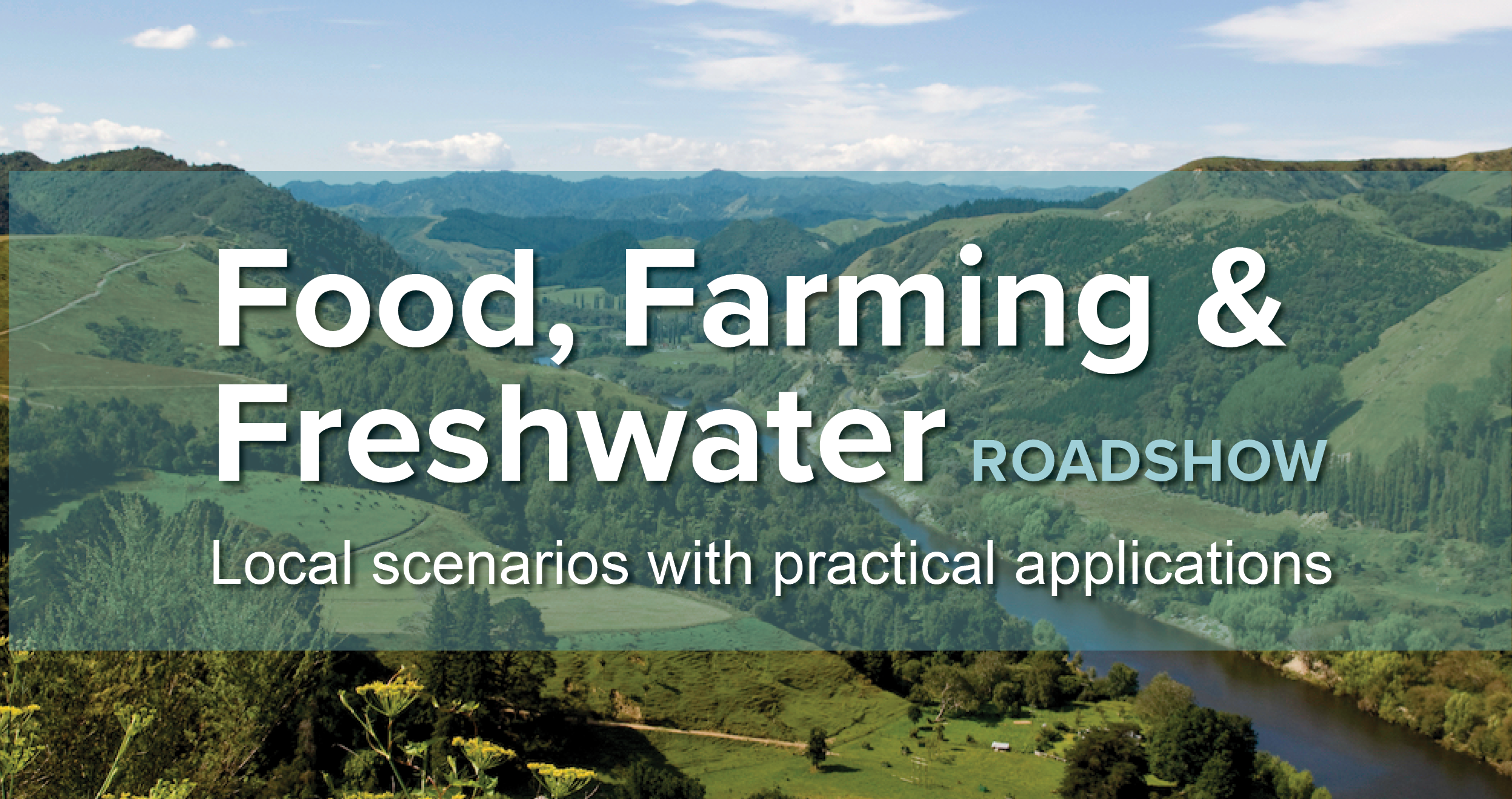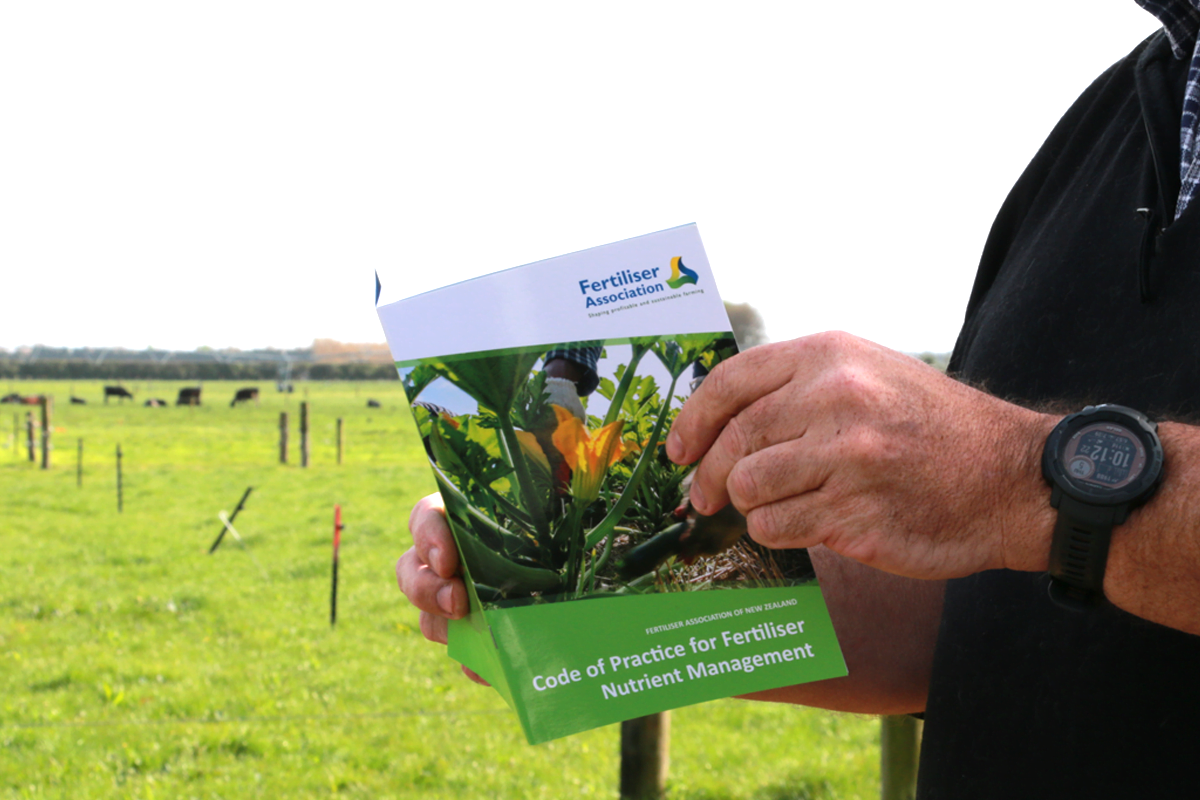November 02, 2023
Resources related to
Measuring Water Quality
Andriy Medvediuk - 123RF
How will we know if the actions people all over Aotearoa are taking to improve the health of our freshwater are working? Our research is striving to fill data gaps and build knowledge about how to measure and model water quality.
Evidence for the effects of land use on freshwater ecosystems in New Zealand
We used the pressure-state-impact (PSI) framework to assess evidence of land-use effects on New Zealand freshwater ecosystems. There was substantial evidence of land-use effects, particularly…
Development and validation of a nation-scale framework to characterize the fate and transport of key agricultural contaminants
A hydrological framework encompassing nitrogen (N), phosphorus (P) and microbial (E. coli) transfer from land to water was developed to provide a consistent and rapid…
Achieving unbiased predictions of national-scale groundwater redox conditions via data oversampling and statistical learning
An important policy consideration for integrated land and water management is to understand the spatial distribution of nitrate attenuation in the groundwater system, for which…
CLUES model calibration and its implications for estimating contaminant attenuation
Catchment water quality models are essential for freshwater management; however, their value is dependent on their performance and level of uncertainty. Here we present the…
Nitrogen loads to New Zealand aquatic receiving environments: Comparison with regulatory criteria
There is concern about the deteriorating nutrient status of aquatic receiving environments in New Zealand. We estimated the amount by which current nitrogen (N) concentrations…
Land-Water Interoperable Models
This report summarisises the work of the Interoperable Modelling Systems for Integrated Land and Water Management programme. The programme aimed to develop an interoperable modelling…
Interoperable Modelling – spatial economic optimisation
In this report we describe the application of the spatial modelling and optimisation framework LUMASS as a spatial optimisation tool in the Interoperable Modelling Project.…
On the use of stressor-response relationships in the management of lake eutrophication
Since the 1960s, theoretical and empirical advances in limnology have offered lake managers different approaches to address lake eutrophication problems. The Vollenweider input–output model and…
The biotic contribution to the benthic stream sediment phosphorus buffer
Benthic stream sediments interact strongly with phosphorus (P) and can buffer dissolved reactive P (DRP) concentrations. The sediment P buffer can be measured with the…
Modeling Water Quality in Watersheds: From Here to the Next Generation
In this synthesis, we assess present research and anticipate future development needs in modeling water quality in watersheds. We first discuss areas of potential improvement…
Contrasting subsurface denitrification characteristics under temperate pasture lands and its implications for nutrient management in agricultural catchments
Subsurface denitrification plays a key role in the reduction or ‘attenuation’ of nitrate contamination of groundwater and surface waters. We investigated subsurface denitrification characteristics at…
 View Our Strategy Document 2019 – 2024
View Our Strategy Document 2019 – 2024


